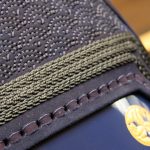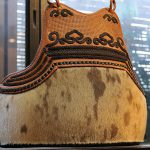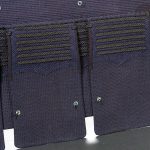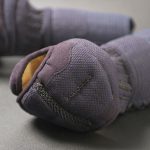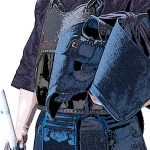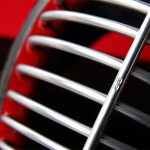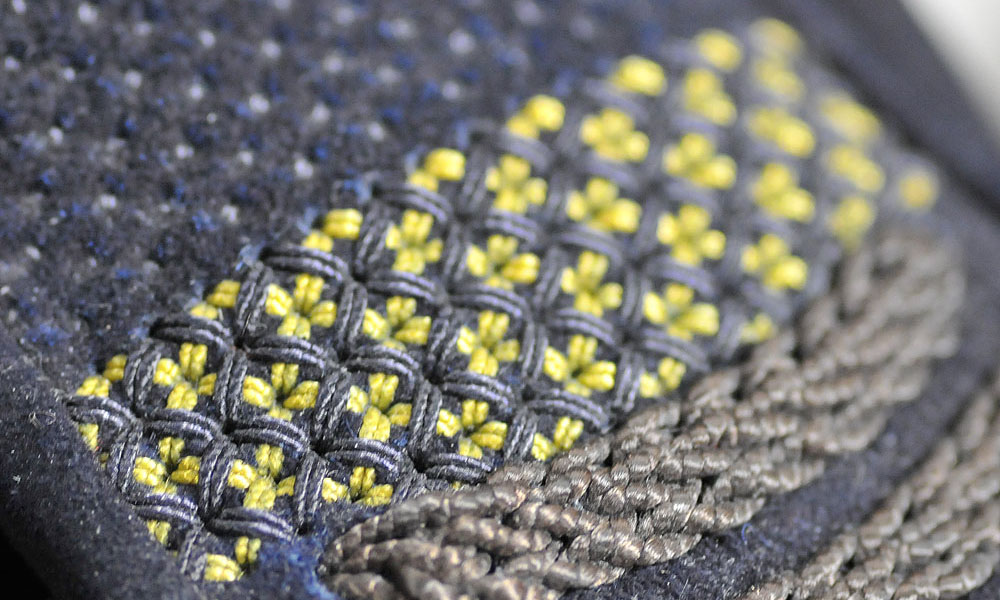
When looking at kendo bogu, whether it is online or in catalogs, you often see the word “Shokko” in the description of the bogu. Shokko is part of the kazari or “decoration” on the ago and on the mune (though it can and has been placed elsewhere as well), and in general, most people thinks that it’s a name of the decorative patterns used for bogu, although the concept of the word “Shokko” itself is rather vague. This time we will take a closer look at “Shokko”.
“Shokko” is originally the name of brocades from the state of Shu during the three kingdoms era in China.
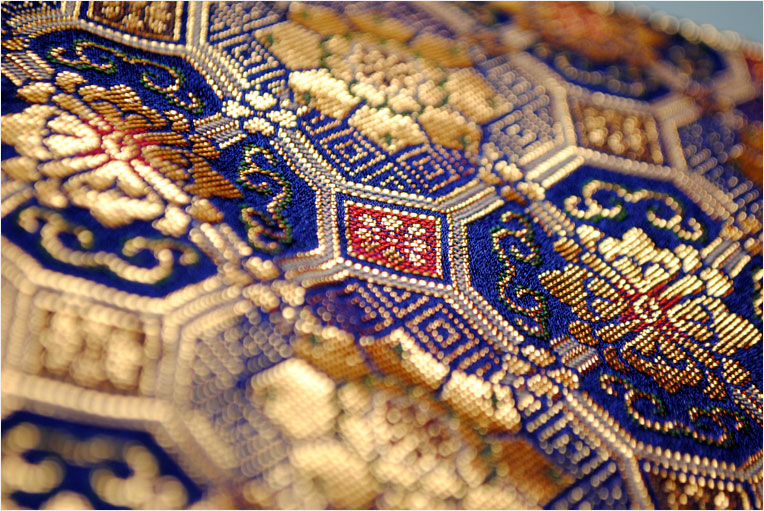
In Japan, we have many traditional patterns that have been passed down through the ages. In normal life, they have already become so common that many might take them for granted and not really think about it. Such patterns such as Kikko (tortoise), Kanoko (the child of a deer) and Karakusa (arabesque) patterns are good examples of such designs.
Actually “Shokko” is also a very traditional pattern. Historically, during the Three Kingdoms era in China, the state of Shu (the current Sichuan province) was very famous for its brocade fabrics. This is said to be because there was very clean river running through the state of Shu, by which mulberry trees prospered and the silkworms that ate the leaves produced very high quality Silk threads that was used to brocade beautiful fabrics.
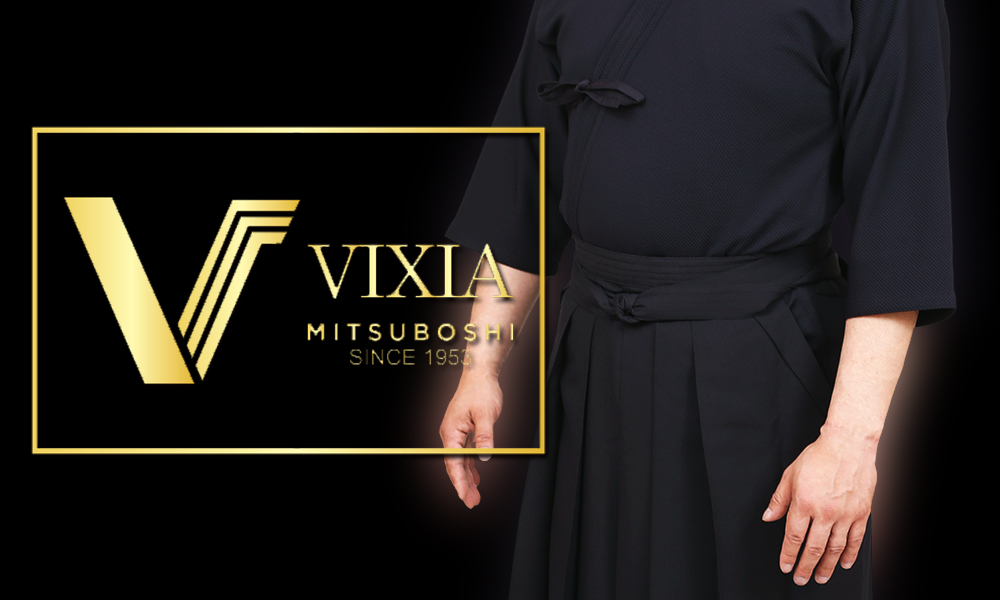
Some of these brocade fabrics crossed the sea to Japan. Thus the people in Japan started calling these brocades Shokko since it came from the river of Shu.
The Shokko pattern was a type of pattern which was often seen on these imported fabrics. It was a type of lattice pattern with brocaded animals or flowers patterns in the center of each of the geometric patterns on the fabric.
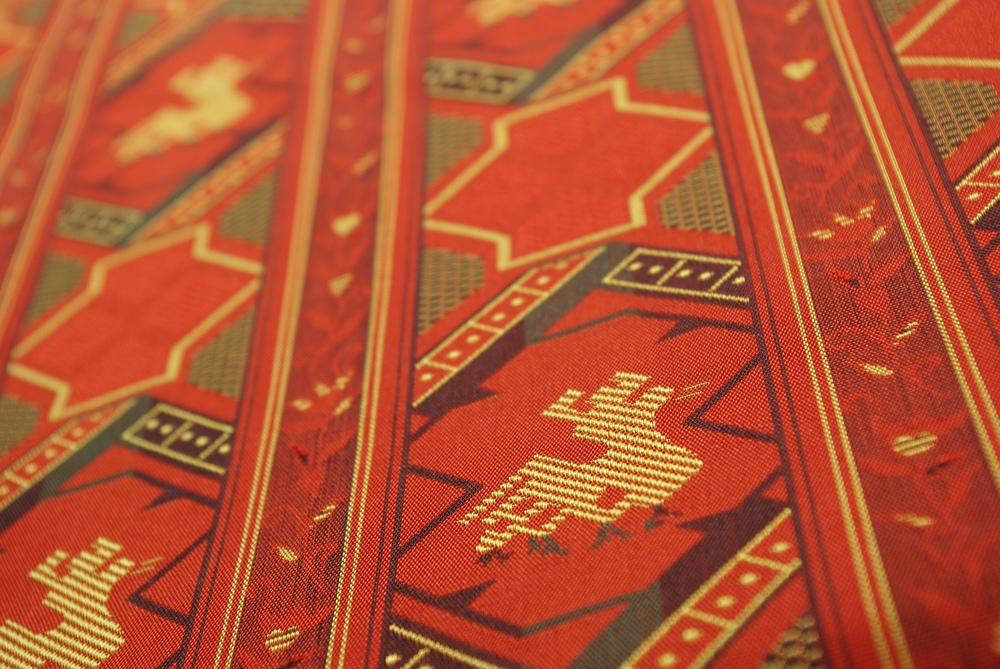
High quality Shokko fabrics were held in high esteem and were a product for which the nobles would yearn. Especially the lattice patterned Shokko with brocades of plants and animals. It was thought to be particularly precious and beautiful, and thus became something that was used to make clothing and accessories to be used by people of high status in society. Eventually, the pattern would evolved into octagons surrounded by quadrants which became the new standard.
Though it may be obvious, “Shokko” was originally the name of the fabric itself, but with time changed to refer to the specific pattern of the fabric. “Shokko” is originally written “蜀江”(the river of Shu) and refers to the pattern of octagons surrounded by quadrants with different patterns brocaded inside of these geometric patterns. However in terms of bogu, thread is used to form the pattern. This could be why it is most often written as “蜀紅,” in which the second character means “crimson.” This happens to be one of the colors often used for Shokko decoration on bogu.
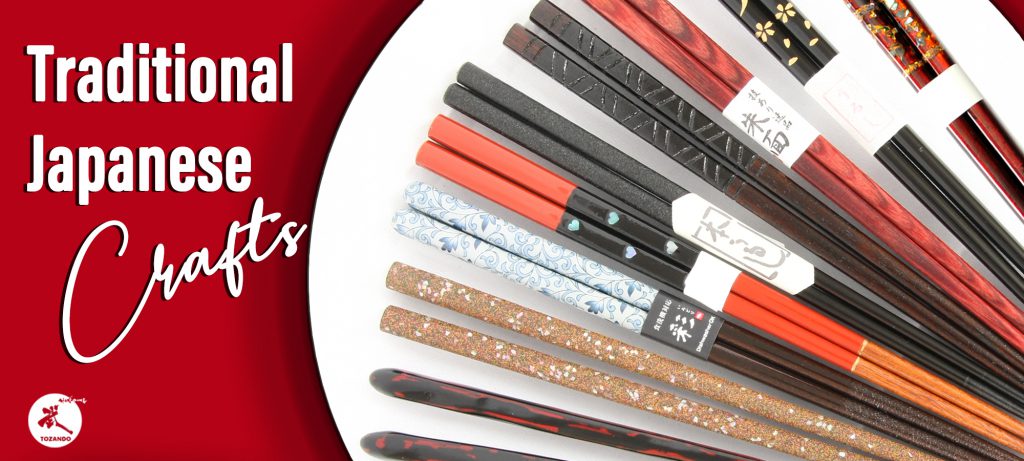
Why did Shokko patterns start being used on bogu? So, now we understand what “Shokko” actually means. Next is to explain why Shokko started to be used on bogu. What is the story behind that? It goes without saying that the predecessor of the modern Kendo bogu was the Yoroi armor and helmets worn by samurai. If you take a closer look, you will see that armor from the Nara Period were created using brocaded fabrics inside for both decoration and extra protection.
In fact, when examining old samurai armor, you can see that brocade fabrics where actually used in many places, both on the inside and the outside of the armor. Due to the fact that Shokko patterned fabric was viewed as very prestigious textile, naturally such patterned fabrics became widely used to decorate the armor of samurai also. When looking at contemporary materials depicting armor of the period, we are able to find pictures of a “Tsuruhashiri”, the part corresponding to the dō a modern kendo bogu and in these images you can clearly see that the Tsuruhashiri was completely covered in a Shokko pattern. The reason Shokko is used for bogu today, has to do with the historical usage of Shokko for Yoroi armor.
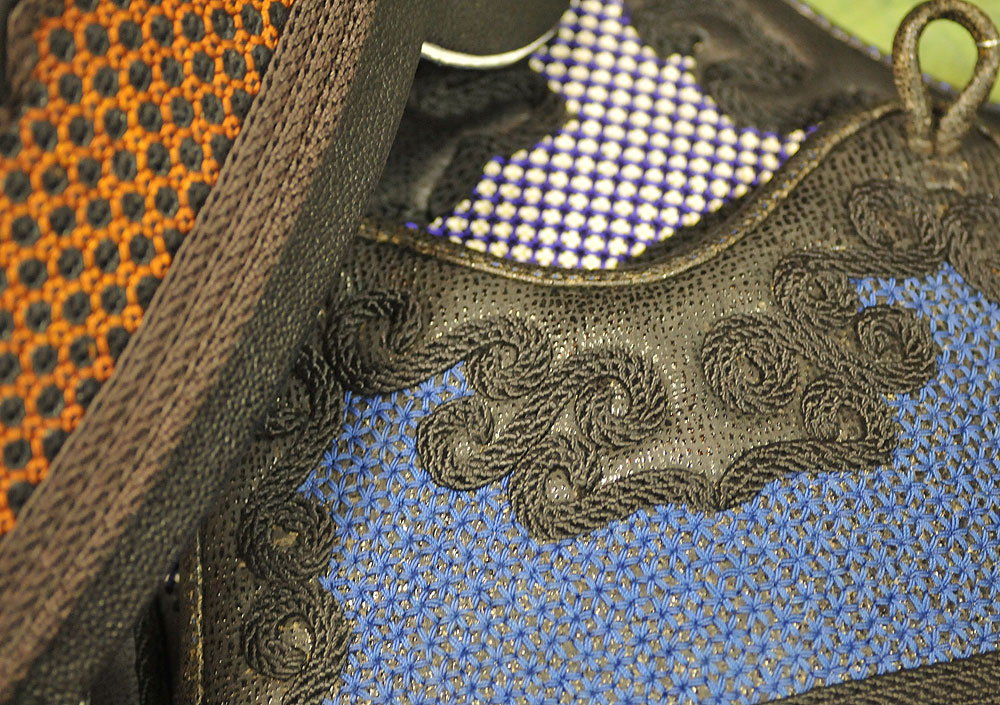
How do you know if the quality of the Shokko on a Bogu is good?
The most important factor of the Shokko on a bogu is if it’s properly sewn or not. The mune and the Tsukidare (Ago) are parts that are supposed to protect you from tsuki attacks made by the opponent. If the structure is poorly made, it will not be able to fulfill its purpose in protecting you. To add decorative Shokko patterns to your mune or ago is not simply about making your bogu fashionable, but it also has the purpose of making the structure of your bogu more durable.
The mune and ago are made by putting a hard core padding in between two pieces of leather, and by adding a Shokko pattern, which is meticulously stitched through all layers, it compresses the core padding and becomes harder. Also the unevenness created by the pattern on the ago and mune will work as a anti-slip pattern that properly stops the shinai and prevents it from going astray. If there was no Shokko pattern on the ago, the chances of the tsuki slipping and going past the Ago and straight into your throat would be much higher!
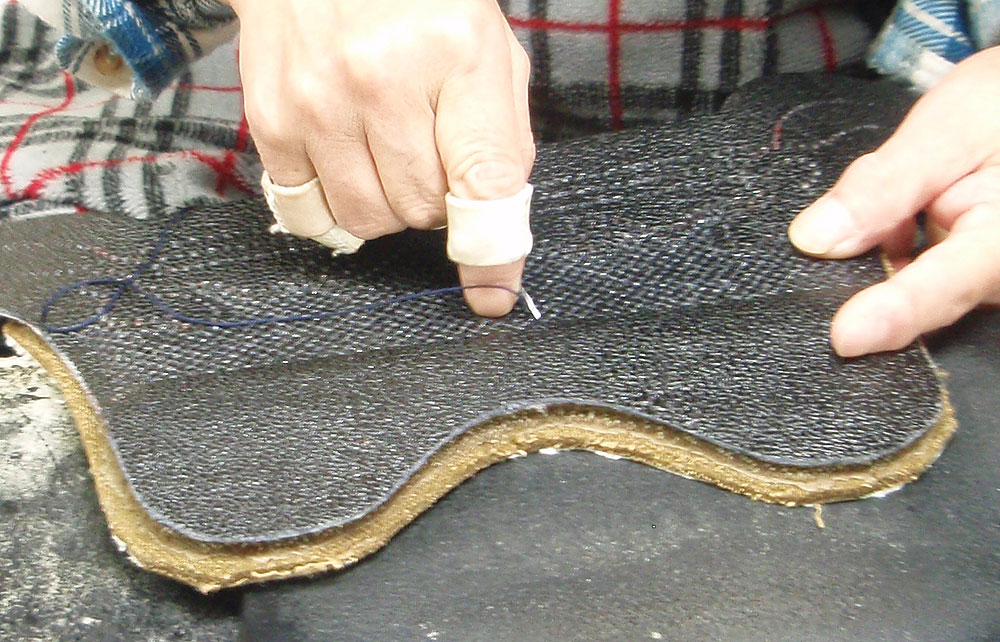
Please look very carefully at the pattern of the Shokko, if each tread has sunken into the leather and it creates an uneven surface where the threats creates small indents in the leather, you can say that the mune or ago have been properly stitched. This is proof of the craftsman using quite a bit of strength to pull the thread, making it as tight as possible when the bogu was created. This is one of the ways of seeing if the bogu have been properly stitched or not.
 | Did you like what you've just read? Check this out. |



